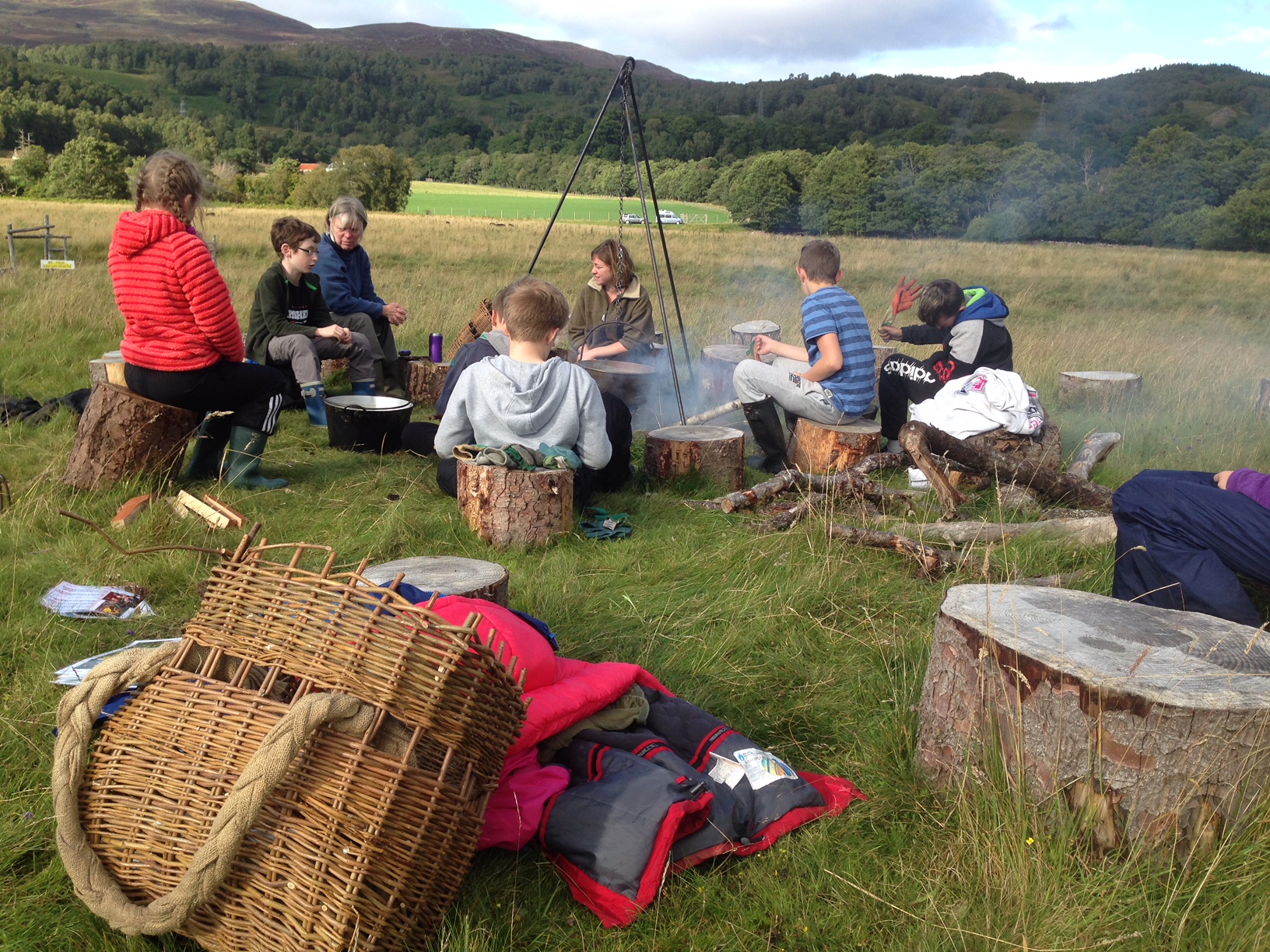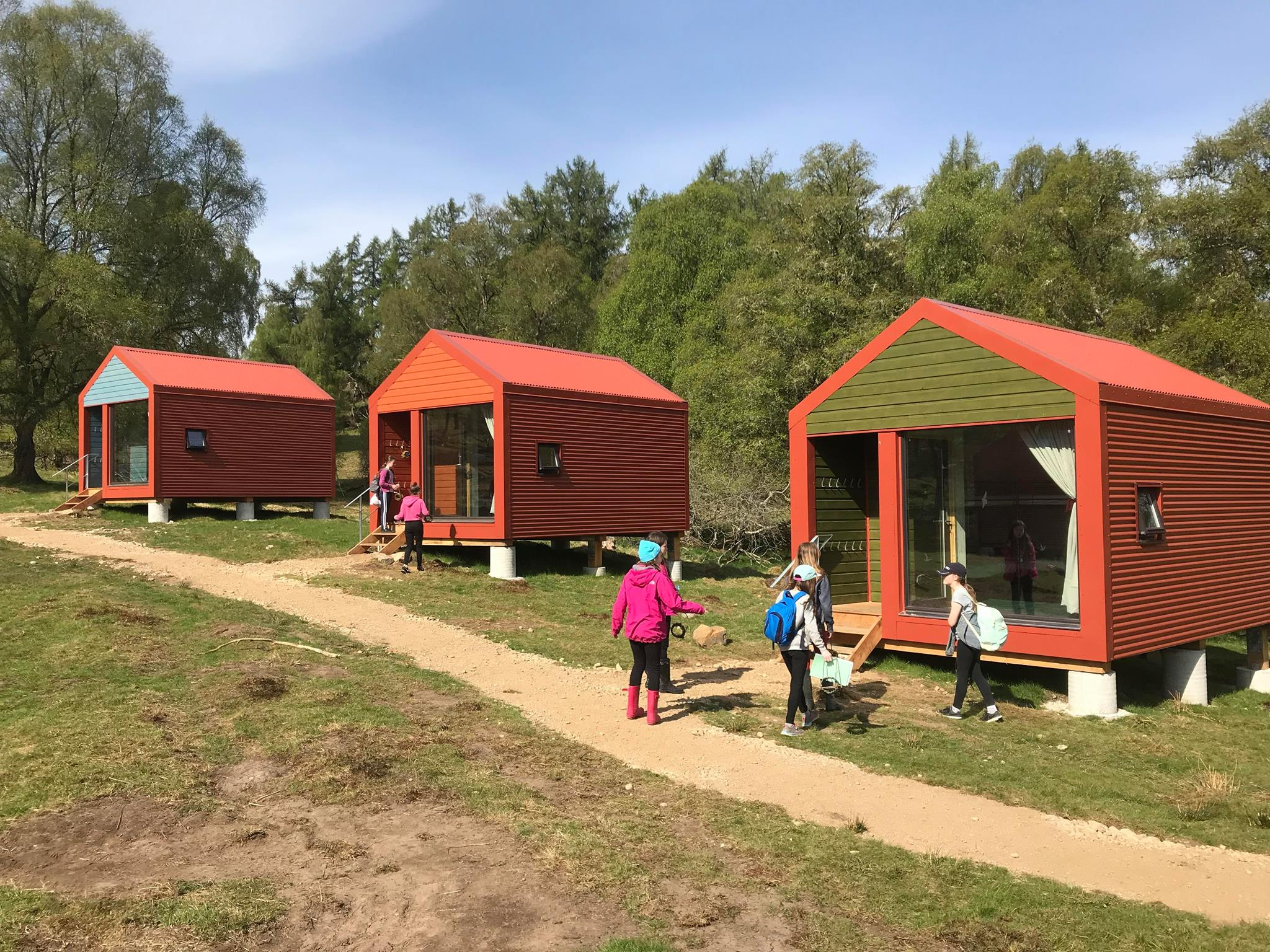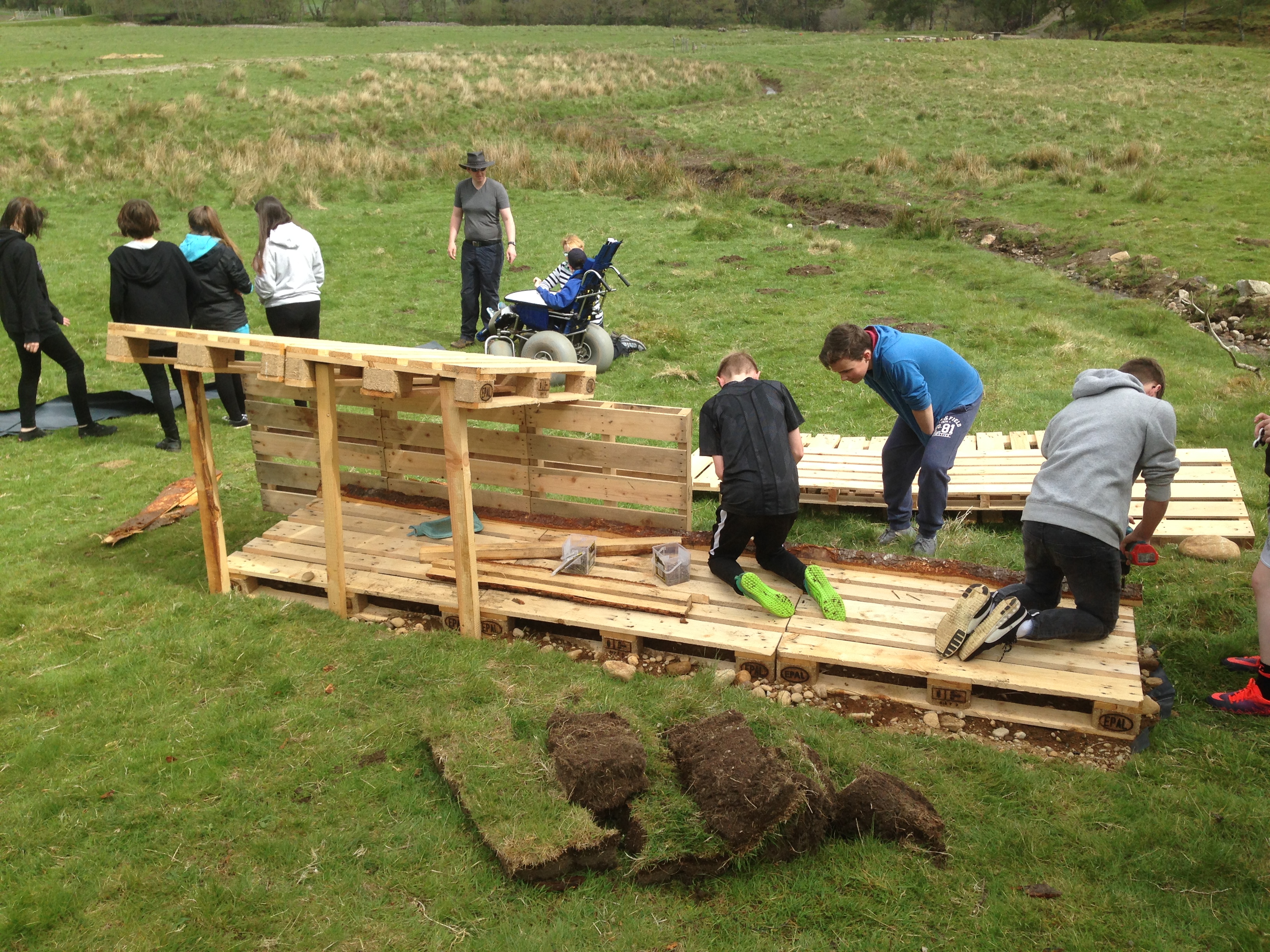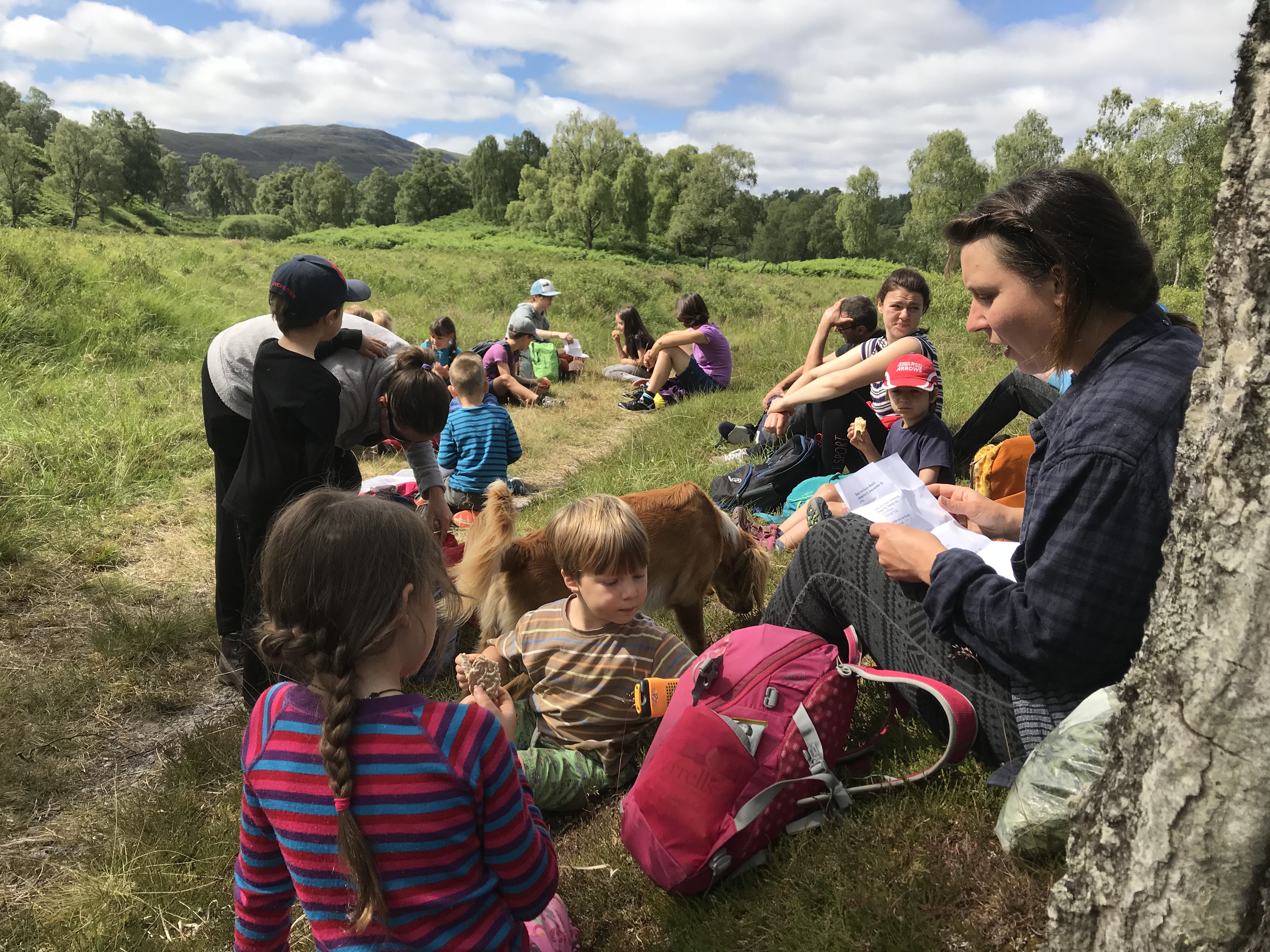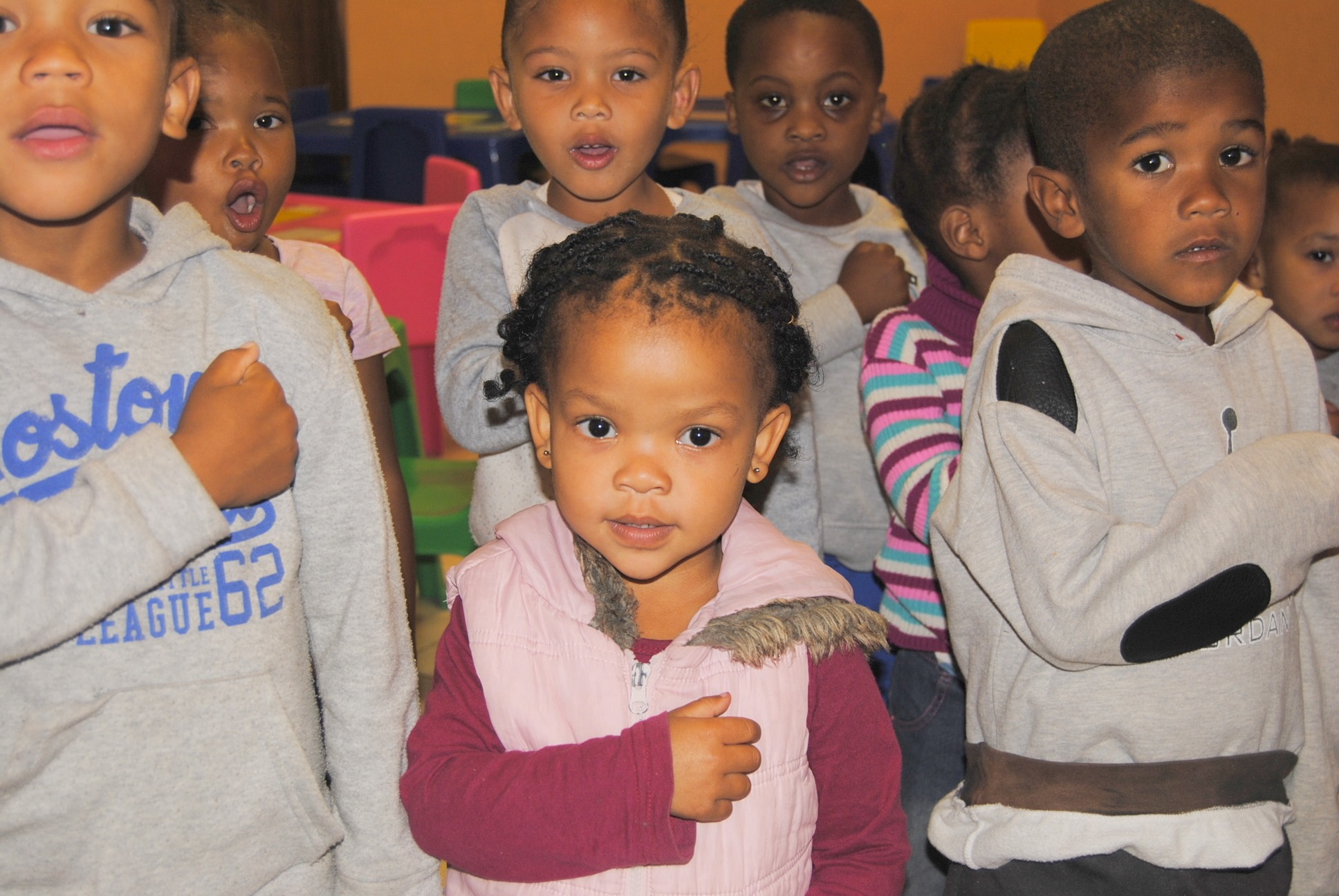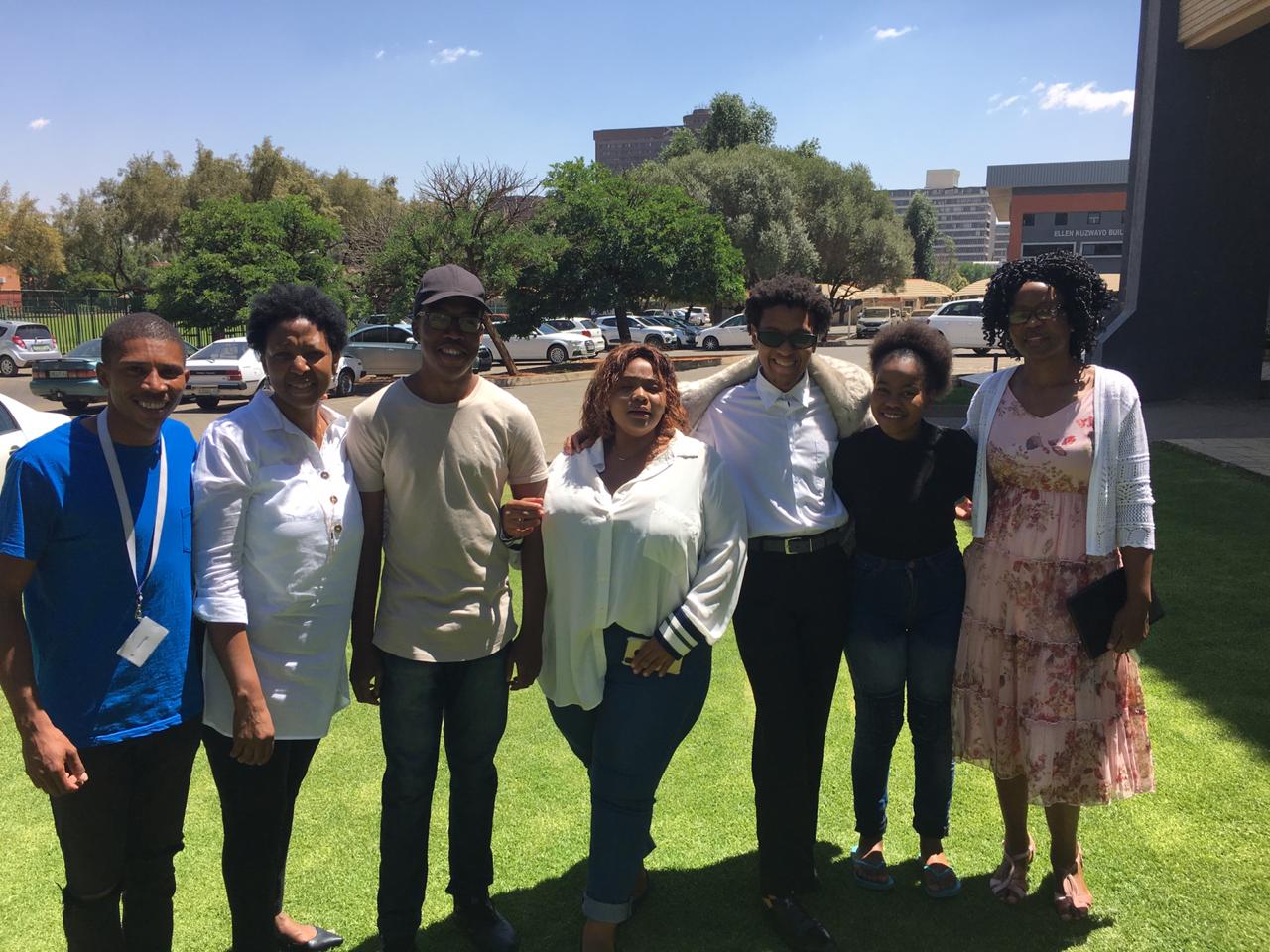We have taken a derelict piece of land and built an education centre on it. Starting from scratch with local school children and volunteers we have built a low-carbon, off-grid centre showcasing simple environmentally sensitive buildings, local food, crops and livestock, and celebrating the traditions of the landscape here. The 'shieling' was a traditional practice of taking the cattle to graze in the hills for the summer. At the project we learn about this history, the skills, songs and stories of this way of life, and look to the future to see the relevance of the tradition now.
What skills and resources were you able to draw from the community for this project?
We drew on a lot of knowledge and volunteer time to create this project. We have some local farmers and tradition bearers who have been very supportive and encouraging of the project, which makes a massive difference to our motivation! We have had a large number of volunteers helping us build our centre from scratch and these people are committed to the project, coming back and seeing us grow, seeing how the things they have built are used and loved by all our visitors.
The challenges
We aim to address a massive need in our area for positive time spent outdoors. This involves long term engagement growing, cooking, building, surveying, studying and living outdoors. From these experiences a very wide range of connected benefits can be seen: increased physical and mental well-being, better diet, a stronger sense of place, more opportunities to retain young people in our remote rural area, excitement about rural jobs, the feeling that young people can actively contribute to their culture and that their home is interesting and exciting. We address some very big areas: sustainability, resilience, the changing history of the landscape, but we do this through very practical, physical and hands-on activities so we don't get lost in the words and ideas. We also aim to address the challenge of creating a sustainable community organisation that is grant independent.
Addressing the challenges
We feel that our project has been a success so far (we have been here since 2015) - we have built a learning centre from scratch, we have grown, got more people involved, and are expanding to other sites. We work with over 800 people a year all in long term programmes, delivering over 10000 hours of education. We have built 15 buildings with children and volunteers, we raise our own livestock, grow out own basket willow, vegetables and increasing traditional grain crops. Visitors are able to experience food from understanding local varieties, ecosystems and rare breeds, helping plan, feed, plant, raise and look after them, and then create meals shared together. We provide 13 jobs, and local childcare, we also supplement school curriculum by providing exciting learning and training. We have managed to double our revenue income each year for the past four years, which means we are starting to become a truly sustainable business. This still needs to be increased to be able to properly pay all our staff. We still have space for more visitors and we would like to see groups come and use us for their own programmes.
The achievements
We feel that we have built a project that will last - from the handmade buildings, to the commitment of volunteers, to increasingly sustaining our learning experiences from the site (materials, food, skills passed on). We won the Best Social Enterprise award in the Highland Business Awards (2017) and are shortlisted for more awards this year. Our main accomplishment has been to start a different approach to outdoor learning in Scotland, and to bring people along with our vision - we see this everyday as new people contact us, having heard about what we do, and want to get involved!






